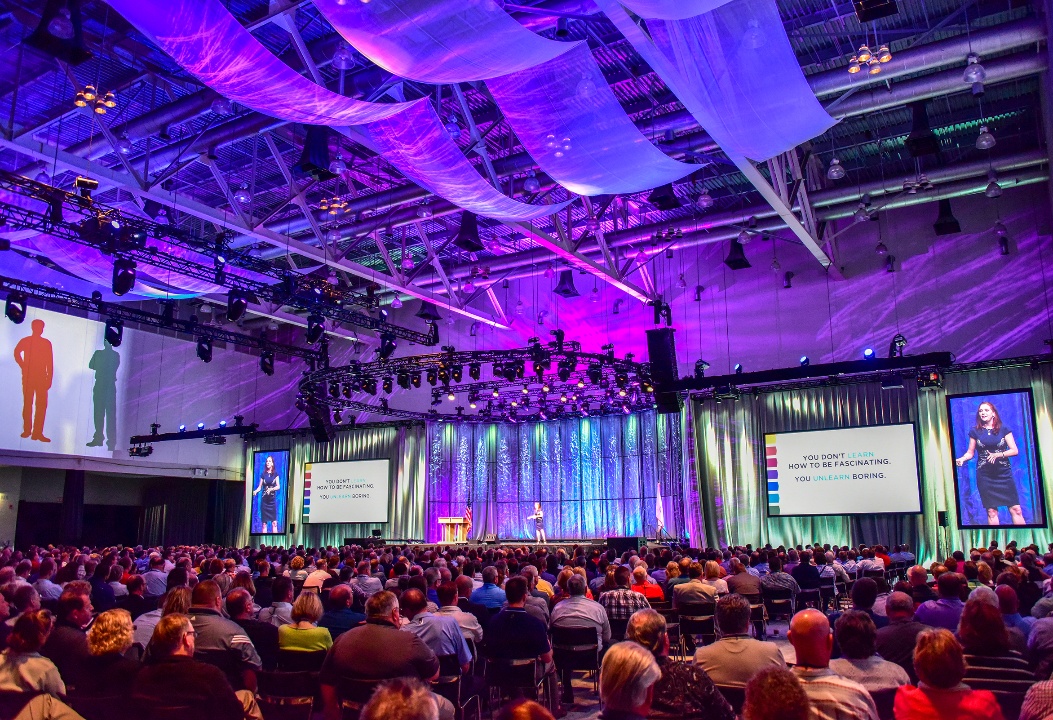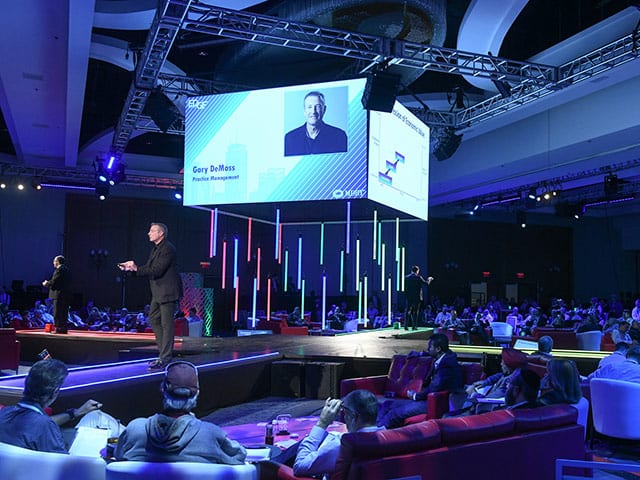Why Occasion Resource Solutions Are Vital for Smooth Event-Driven Designs
In the realm of contemporary software development, event-driven architectures are increasingly prevalent, yet their performance hinges on the implementation of robust event resource solutions. These remedies not just improve the generation and management of occasions but also boost inter-component interaction by decoupling producers from customers. This separation is important for preserving system durability and flexibility. As sectors shift in the direction of real-time information handling, recognizing the ramifications of occasion sourcing comes to be essential. What are the specific advantages that arise when these services are incorporated, and how do they influence the future landscape of application growth?
Understanding Event-Driven Architectures
Event-driven styles (EDAs) represent a paradigm shift in designing software program systems, where the circulation of information is figured out by the event of events. This architectural style promotes a decoupled strategy, permitting different parts to connect asynchronously. In EDAs, events work as the main means of communication, triggering procedures or workflows in feedback to certain events, such as individual activities or system changes.
The secret components of an EDA include event manufacturers, which generate events; event customers, which respond to occasions; and occasion networks, which assist in the transmission of events between producers and consumers. This structure enhances system responsiveness and scalability, as elements can separately refine events without the need for concurrent interaction.
Additionally, EDAs make it possible for real-time information handling, making them appropriate for applications needing immediate understandings-- such as fraud detection in financial systems or monitoring IoT tools. They additionally support an even more nimble development environment, allowing teams to iterate rapidly and deploy brand-new features with minimal disruption to existing solutions.
The Duty of Event Resource Solutions
While different elements in an event-driven architecture count on reliable interaction, event source solutions play an essential function in creating and handling the circulation of occasions. These options act as the preliminary point of occasion development, capturing adjustments in state or user actions and equating them into events that can be circulated through the system.

Furthermore, they promote the decoupling of producers and customers within a style, permitting systems to range independently. This decoupling is crucial for improving system durability, as it decreases reliances that might otherwise result in bottlenecks or single factors of failing.
Benefits of Real-Time Data Processing
Real-time data processing dramatically enhances the abilities of event-driven designs by allowing instant understandings and activities based upon the current information (your event source charlotte). This immediacy not only speeds up decision-making yet also enhances the significance and precision of those choices. Organizations can react to events as they take place, reducing latency and enhancing operational agility
One of the key advantages of real-time data handling is the ability to catch and evaluate data continuously. This helps with aggressive steps instead than responsive actions, enabling services to anticipate trends and possible issues before they intensify. In fields such as financing or shopping, real-time analytics can determine deceptive purchases or consumer behavior changes, permitting speedy interventions that alleviate danger and optimize client contentment.

Eventually, the assimilation of real-time information handling right into event-driven styles encourages companies to harness the complete capacity of their data, driving technology and affordable benefit in an increasingly dynamic market.
Enhancing System Interaction
Reliable communication in between systems is essential for the success of any event-driven design. Occasion resource solutions facilitate this interaction by supplying a durable structure for capturing and sending occasions in genuine time. By standardizing just how systems produce and eat occasions, these solutions remove obscurity and foster interoperability, permitting disparate systems helpful hints to collaborate flawlessly.
Using event streams allows systems to react quickly to changes, guaranteeing that all elements are straightened and educated. This responsiveness is important in environments where timely data exchange straight affects decision-making and total system performance. Moreover, event source solutions supply devices for event filtering system, improvement, and transmitting, improving the performance of data flow between systems.
In addition, by applying a publish-subscribe version, event source options Visit Your URL decouple system components, allowing for better adaptability and scalability. This decoupling implies that systems can progress independently, making it simpler to incorporate brand-new capabilities or replace existing parts without interfering with general interaction.
Future Fads in Event Sourcing


One more significant trend is the increase of cloud-native occasion sourcing remedies. These systems utilize the scalability and versatility of cloud framework, allowing organizations to efficiently manage and store large quantities of occasion data without the expenses of conventional systems. This shift promotes higher accessibility and partnership throughout teams.
Moreover, the adoption of microservices style is influencing event sourcing techniques. As services progressively section their applications into smaller sized, independent services, occasion sourcing supplies a robust device to keep data uniformity and stability across these distributed systems.
Conclusion
Finally, occasion resource remedies function as an important foundation for seamless event-driven designs, enabling reliable event generation and monitoring. By facilitating asynchronous interaction in between components, these options enhance system durability and advertise the independent advancement of services. The advantages of real-time data click here now processing and improved system communication emphasize the value of adopting event sourcing approaches. As the demand for durable dispersed systems increases, the relevance of occasion resource options will remain to expand, shaping the future of event-driven style.